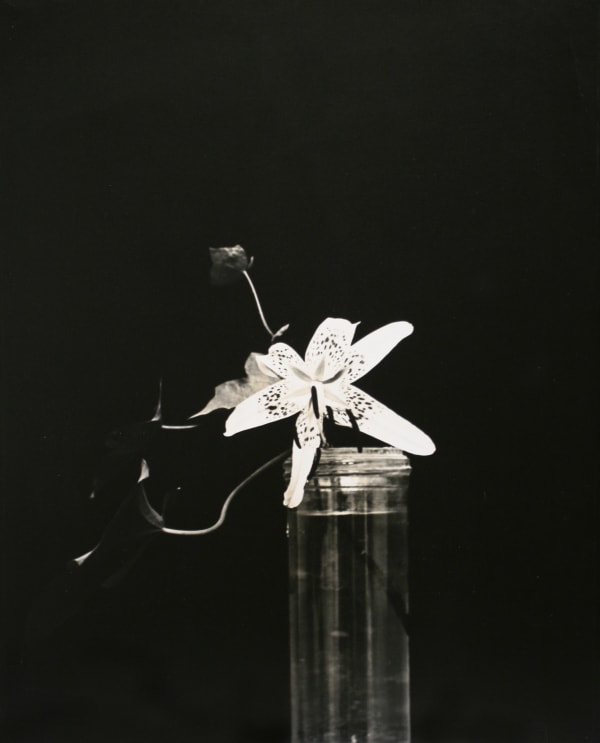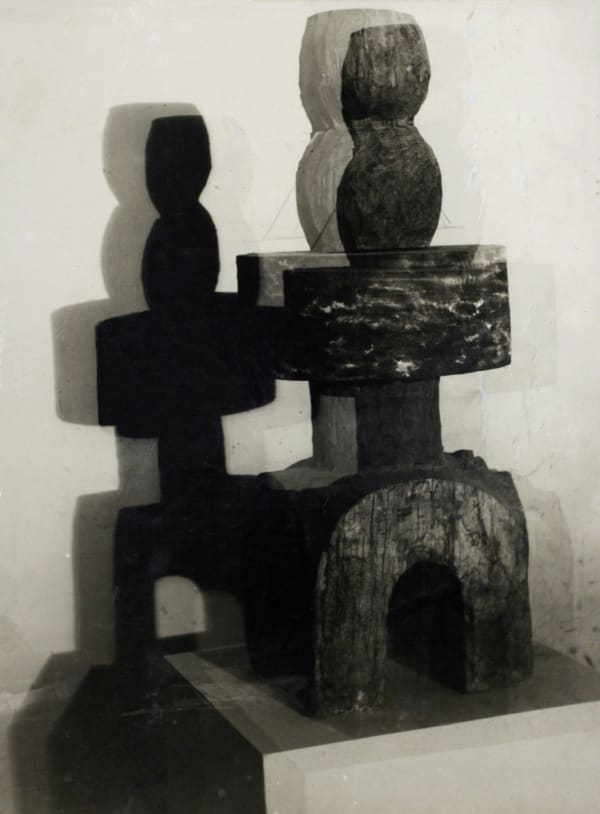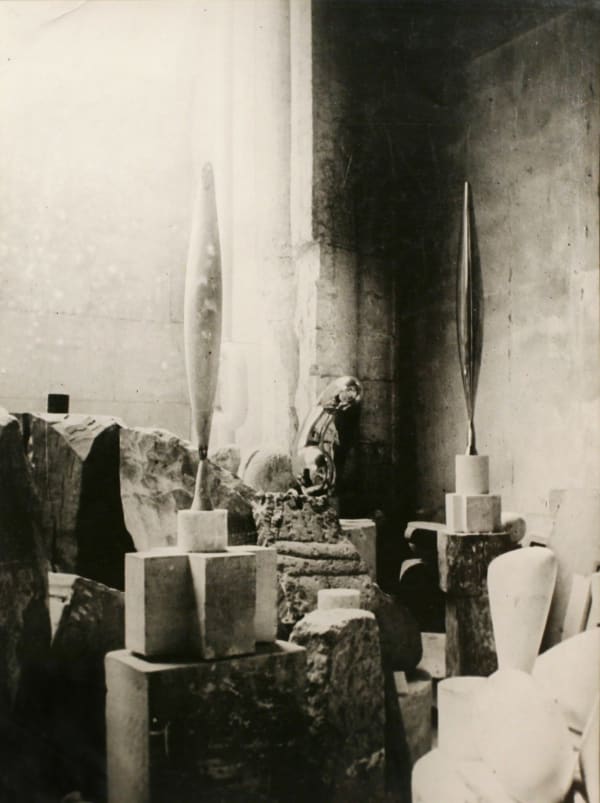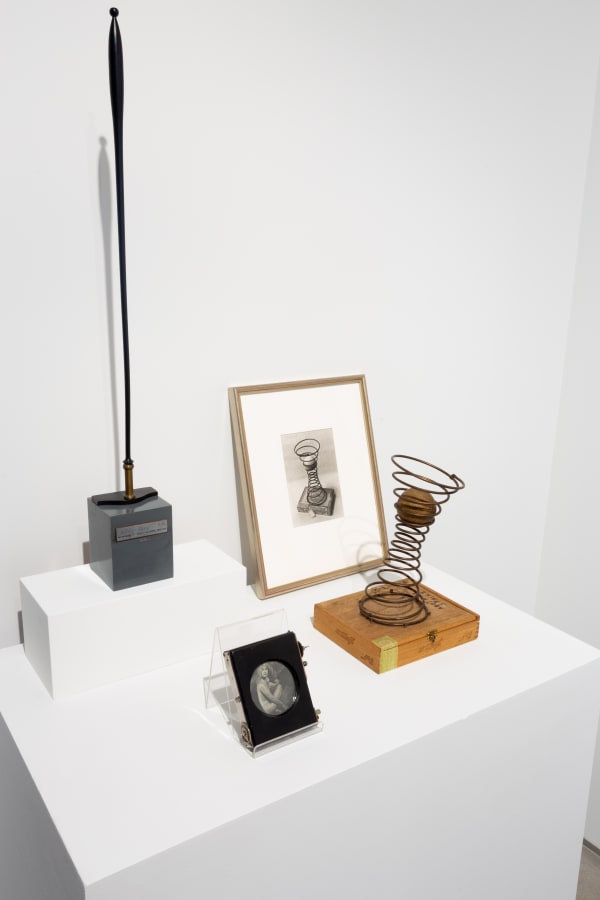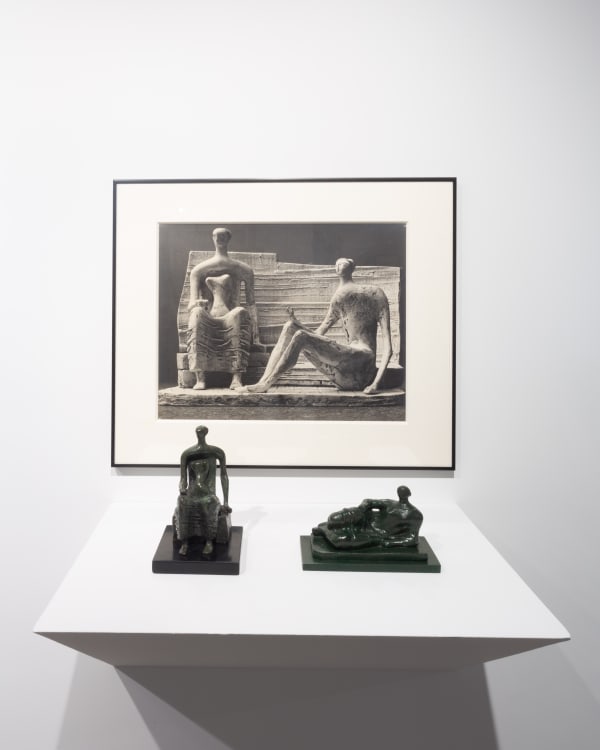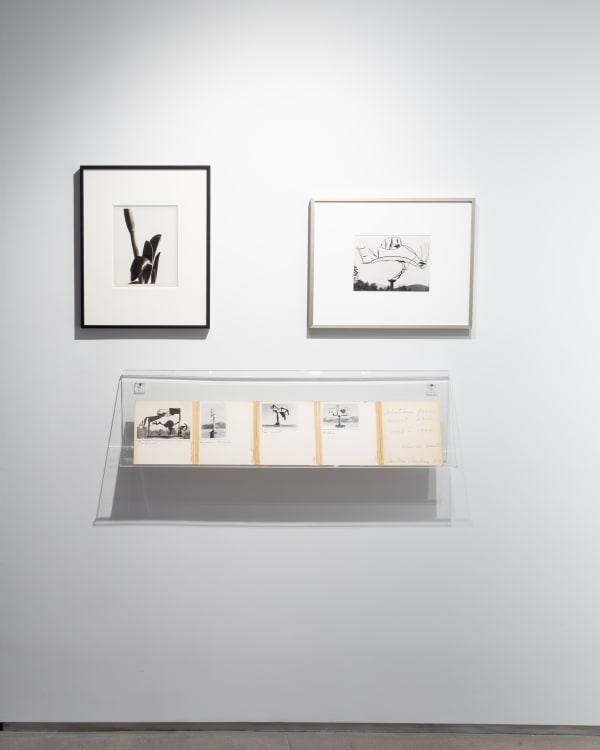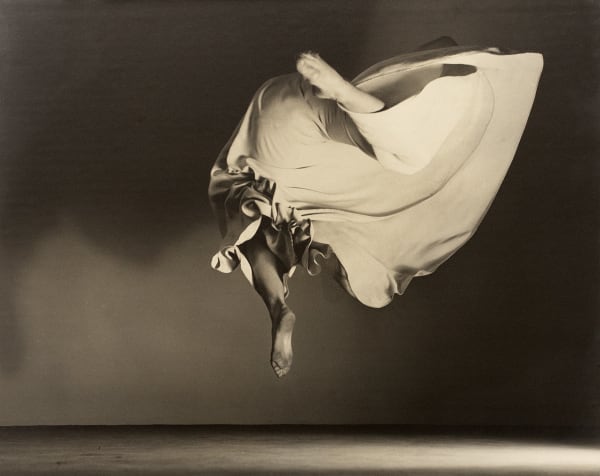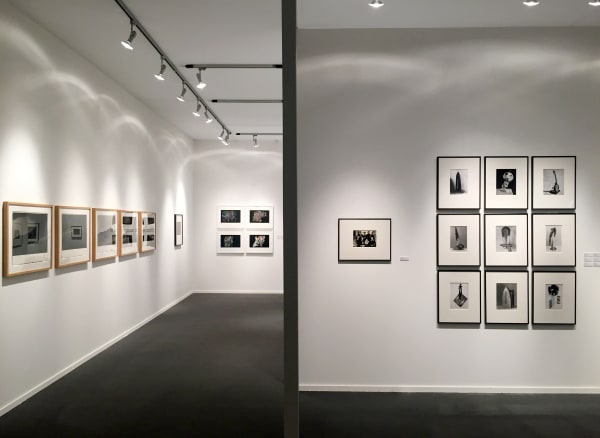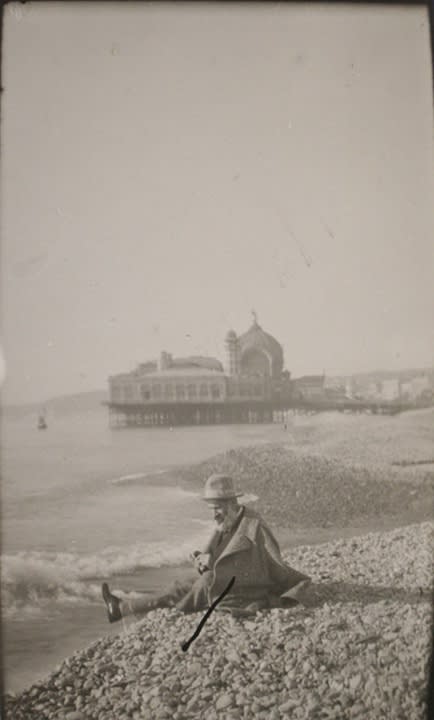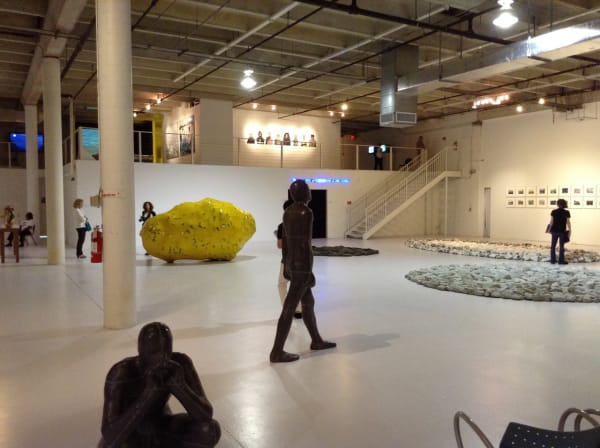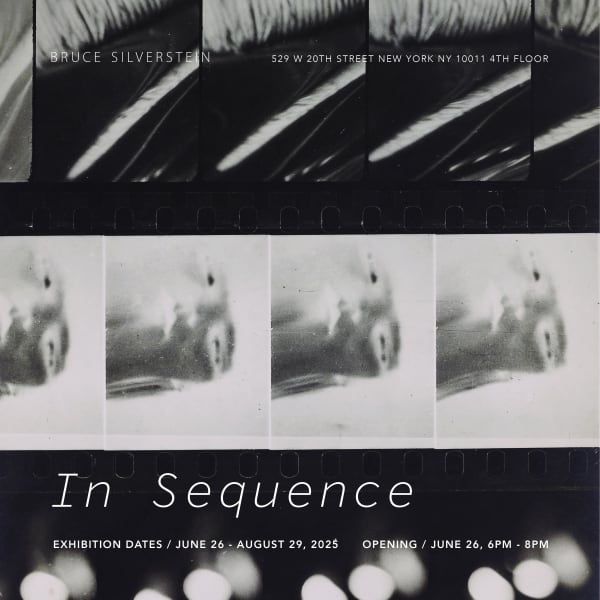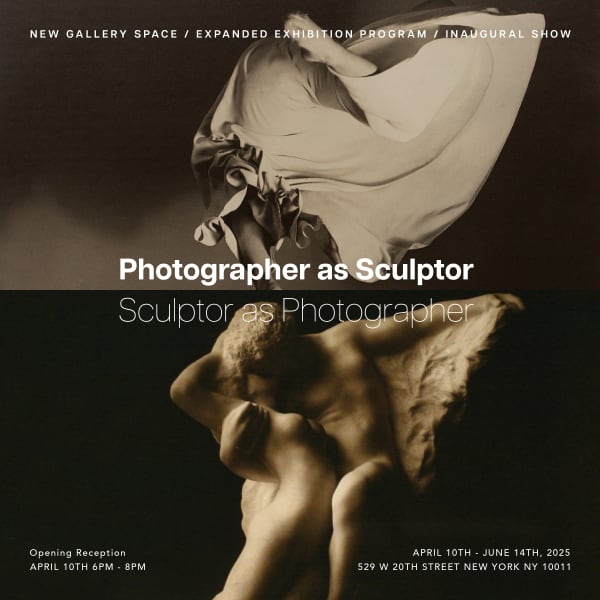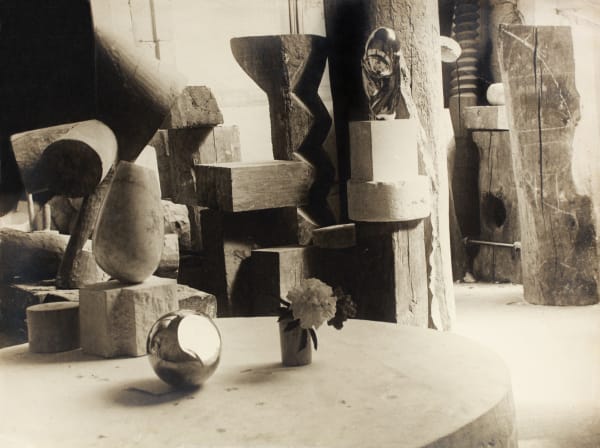Constantin Brâncuși (1876 - 1957) is a venerated patriarch of modern sculpture. His work evolved from a pursuit of modeled realism toward formal abstraction – concentrating in his sculptures what he conceived to be the essence of form in space. Brancusi pursued the creation of his own photographic endeavors with the same rigor and quest for purity as he did with his sculpture and insisted that only his images of his sculptures were circulated in order to give voice to each sculpture’s unique personality and convey its literal and allegorical relationship to his other works in his studio. His photographs, always printed by him, translated his three-dimensional sculptures into a new two-dimensional art form. Brancusi created complex compositions that often incorporate radical lighting; his photographs express a unique pictorial vision that moves decisively beyond mere documentation and firmly established Brancusi as one of the most remarkably innovative image-makers in the history of the medium.
Brancusi was born in 1876 in Hobitza, Romania. He attended the School of Arts and Crafts in Craiova and the Bucharest School of Fine Arts. Eager to continue his education in Paris, Brancusi arrived there in 1904 and enrolled in the Ecole des Beaux-Arts. In 1906 he started working as Auguste Rodin’s assistant and frequented other notorious artists of the period such as Marcel Duchamp, Fernand Léger, Henri Matisse, Amedeo Modigliani, and Alfred Steichen. After his introduction to Man Ray in 1921, Brancusi’s photographic work becomes most prolific and noticeably aesthetically advanced. He died in 1957, and was buried at the Cimetière du Montparnasse surrounded by sculptures he made for other deceased artists. He left behind 1200 photographs and 215 sculptures to the Museum of Art of the City of Paris. His work has been shown in two different exhibitions respectively in 2002 and 2012 at the Bruce Silverstein Gallery.
Brancusi’s photographs have been the focus of several exhibitions, including The Original Copy, Photography of Sculpture, 1839 to Today, held at the Museum of Modern Art, New York; Constantin Brancusi & Richard Serra: Resting in Time and Space, shown at the Foundation Beyeler; and Brancusi, Film and Photography, the monumental exhibition of Brancusi’s photographs exhibited at the Centre Pompidou.
Brancusi's works are housed in the National Museum of Art of Romania, Bucharest, the Museum of Modern Art, New York, and other museums around the world. The Philadelphia Museum of Art holds the largest collection of Brancusi sculptures in the United States.
-

In Sequence | Bruce Silverstein Gallery
Amy Wei , Musee Magazine, June 23, 2025 -

Photographer as Sculptor, Sculptor as Photographer
Rosario Ana Vizoli, Meer, June 10, 2025 -

Photographer as Sculptor, Sculptor as Photographer @ Bruce Silverstein
Just the FactsLoring Knoblauch , Collector Daily , May 30, 2025 -

Photographer as Sculptor, Sculptor as Photographer
ReviewGreer Valaquenta, Musée Magazine, May 1, 2025 -

Exhibition at Bruce Silverstein's new space explores the fascinating intersection on photography and sculpture
Art Daily, April 10, 2025 -

Bruce Silverstein Gallery: Photographer as Sculptor, Sculptor as Photographer
The Eye of Photography, April 7, 2025 -

Photographer as Sculptor, Sculptor as Photographer
Meer, March 12, 2025 -

EXHIBITION REVIEW: REWIND: 20TH ANNIVERSARY SHOW
Emily Capone, Musée: Vanguard of Photography Culture, January 10, 2022 -

IN HIS FILMS, BRANCUSI TAKES FLIGHT
Blake Gopnik, the New York Times, August 2, 2018 -

CLOSE ENCOUNTERS: FRIEZE MASTERS 2017
Stephanie Bailey , Ocula, October 12, 2017 -

CONSTANTIN BRANCUSI AT MODERNA MUSEET
Moderna Museet, March 10, 2016 -

MIAMI’S MARGULIES COLLECTION Brancusi: The Photographs on Hyperallergic
Robert Moeller, Hyperallergic, December 10, 2014 -

CONSTANTIN BRANCUSI AND ANDRÉ KERTÉSZ AT THE MUSEUM OF FINE ARTS, BOSTON: Photo Eye: Avant-Garde Photography in Europe
Museum of Fine Arts Boston, March 15, 2014 -

CONSTANTIN BRANCUSI AT THE MUSEUM OF MODERN ART: A World of Its Own: Photographic Practices in the Studio
MoMA, February 8, 2014
-

In Sequence
26 Jun - 29 Aug 2025 Gallery ExhibitionsBruce Silverstein Gallery is pleased to present In Sequence , a group exhibition that brings together the works of Adger Cowans, Elger Esser, Todd Hido, Dakota Mace, Barbara Morgan, Ed...Read more -

Photographer as Sculptor, Sculptor as Photographer
10 Apr - 14 Jun 2025 Gallery ExhibitionsBruce Silverstein Gallery is pleased to present Photographer as Sculptor, Sculptor as Photographer , the inaugural exhibition of its new gallery space. This exhibition brings together sculptures and photographs by...Read more -

Summer Glow
11 Jul - 7 Sep 2024In photography, light is the medium’s essence, shaping each photograph’s composition, mood, texture, and depth. During the long days of summer, light evolves from the soft, diffused glow of the...Read more -

20th Anniversary Exhibition
REWIND 16 Dec 2021 - 19 Feb 2022 Gallery ExhibitionsBruce Silverstein Gallery is pleased to announce REWIND , a celebration of our 20th anniversary. Featuring works selected from over one hundred exhibitions, REWIND is an opportunity to revisit the...Read more -

Constantin Brâncuşi
Brâncuşi's Flowers 16 May - 29 Jun 2019 Gallery ExhibitionsBrâncuşi’s Flowers marks the third exhibition at Bruce Silverstein to feature the photographs of Constantin Brâncuşi’s.Read more -

Inscribed
10 Dec 2015 - 23 Jan 2016 Gallery ExhibitionsBruce Silverstein / 20 is pleased to present Inscribed .Read more -

de-FORMATIONS
A group show featuring Andre Kertesz’s Distortions series 26 Feb - 18 Apr 2015 Gallery ExhibitionsIn 1933 André Kertész photographed two nude models in a carnival mirror as an assignment for the risqué publication Le Sourire. For a magazine often illustrated with erotic drawings, Kertész’s...Read more -

BRÂNCUŞI
The Photographs 26 Apr - 23 Jun 2012 Gallery ExhibitionsBruce Silverstein Gallery is pleased to present Brancusi: The Photographs , an exhibition of the artist’s groundbreaking photographic works. Featuring over 40 original prints, each made by Brancusi himself, this...Read more -

Eye of the Sculptor
Brancusi, Moore, and Smith 24 Jan - 16 Mar 2002 Gallery ExhibitionsRead more
-
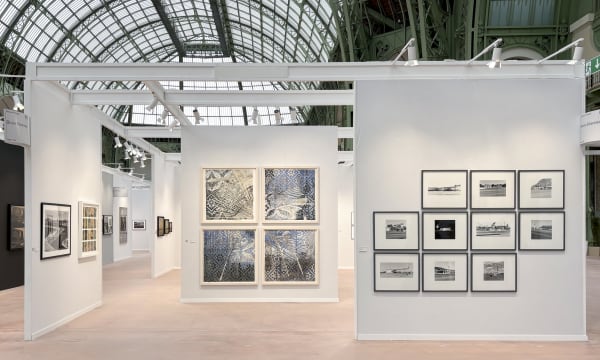
PARIS PHOTO 2024
5 - 10 Nov 2024Read more -
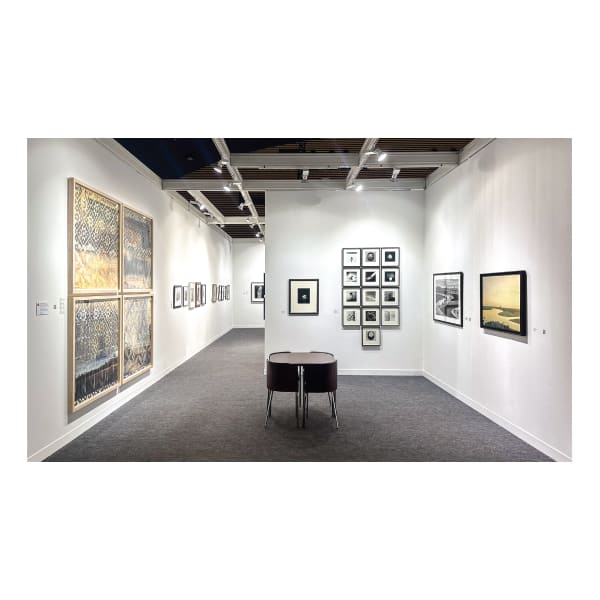
PARIS PHOTO 2023
5 Nov 2023 - 10 Feb 2024In a profound celebration of indigenous art and heritage, Bruce Silverstein Gallery is proud to present the works of two remarkable Native American artists, Sarah...Read more -
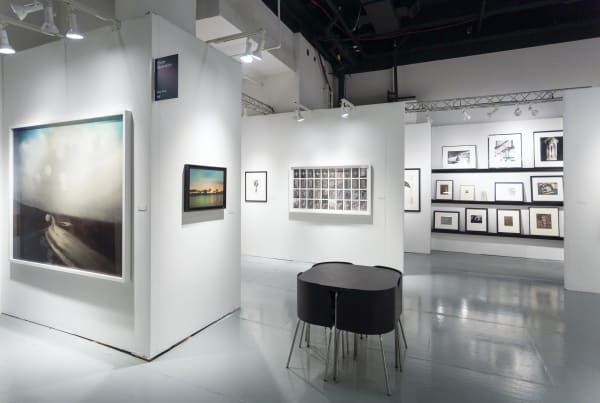
AIPAD 2023
30 Mar - 2 Apr 2023Read more -
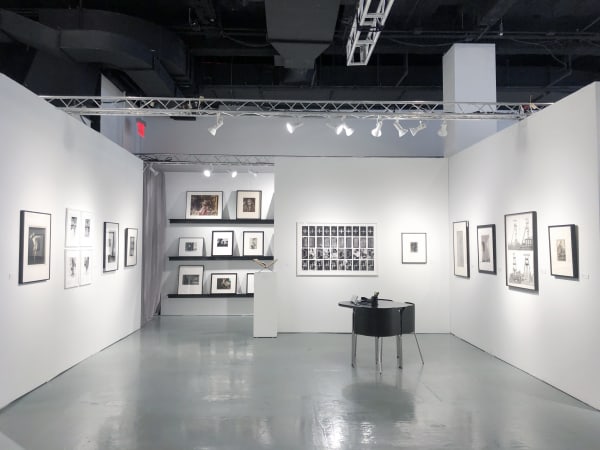
AIPAD 2022
20 - 22 May 2022Read more -
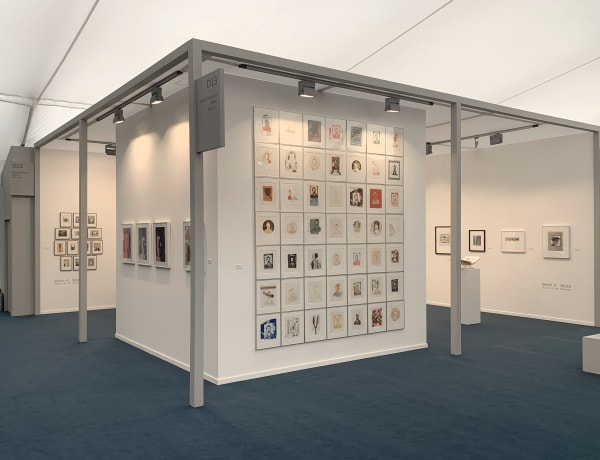
FRIEZE MASTERS 2019
3 - 6 Oct 2019For Frieze Masters 2019, Bruce Silverstein will display a series of photographic masterworks from the 20th century including works by Brâncuși, Baldus, Kertész, Steichen, Model,...Read more -

AIPAD 2019
4 - 7 Apr 2019Read more -
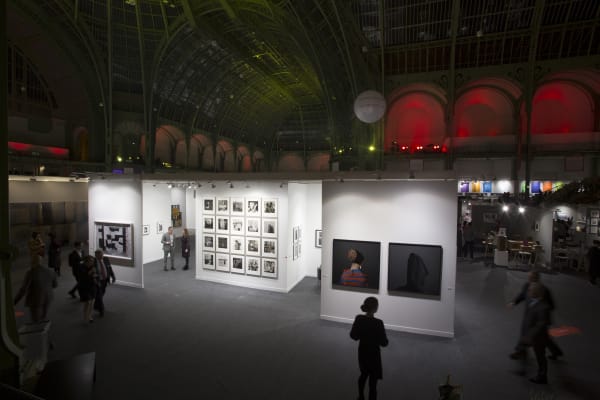
PARIS PHOTO 2018
8 - 11 Nov 2018Recognized today as one of the most influential figures in modern photography, the Hungarian artist, designer and educator, György Kepes (1906-2001) was one of the...Read more -
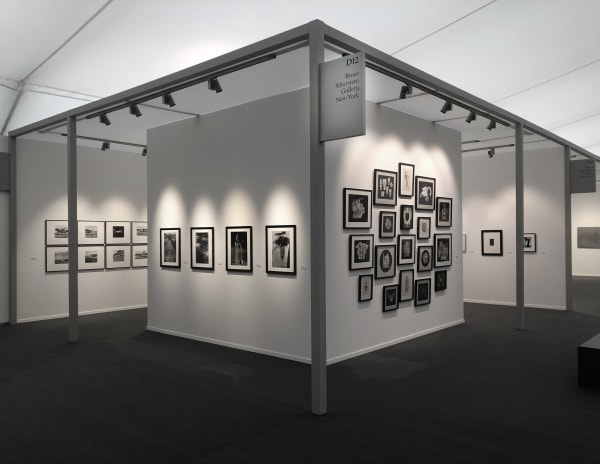
FRIEZE MASTERS 2018
4 - 7 Oct 2018For Frieze Masters 2018, Bruce Silverstein Gallery would be pleased to present a selection of photographic masterpieces from the twentieth century created in the spirit...Read more -

AIPAD 2018
5 - 8 Apr 2018Read more -
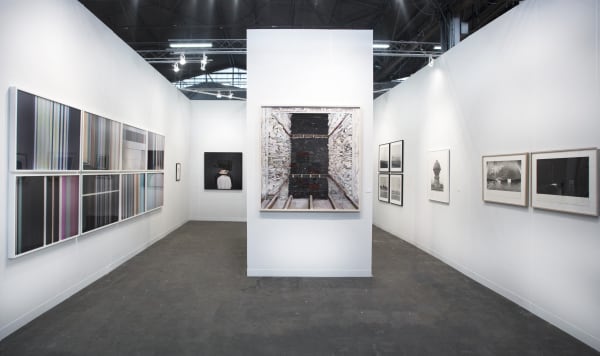
THE ARMORY SHOW 2018
8 Mar 2018 - 11 Mar 2019Read more -
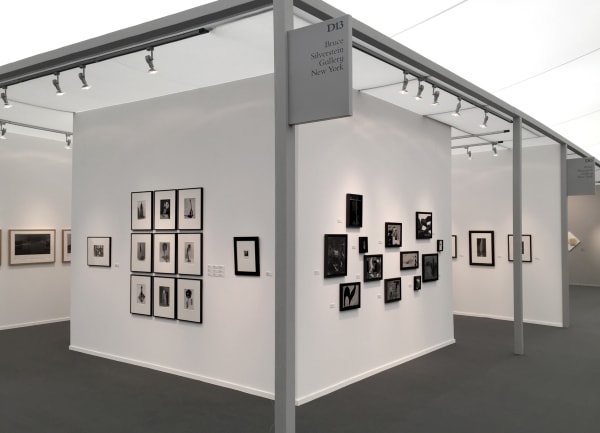
FRIEZE MASTERS 2017
5 - 8 Oct 2017For Frieze Masters 2017, Bruce Silverstein proposes a curated exhibition featuring significant photographic works by Constantin Brancusi, Alfred Leslie, Rene Magritte, Man Ray, Henry Moore,...Read more -

AIPAD 2017
30 Mar - 2 Apr 2017Read more -

THE ARMORY SHOW 2017
2 - 5 Mar 2017For The Armory Show 2017 Bruce Silverstein Gallery will present an exhibition of paintings and photographs by Alfred Leslie, Paul Outerbridge, Eric Fischl, Todd Hido,...Read more -

PARIS PHOTO 2016
10 - 13 Nov 2016Bruce Silverstein Gallery is pleased to present at Paris Photo an exhibition inspired by one of the cornerstones of modern art, F. Holland Day’s seminal...Read more -
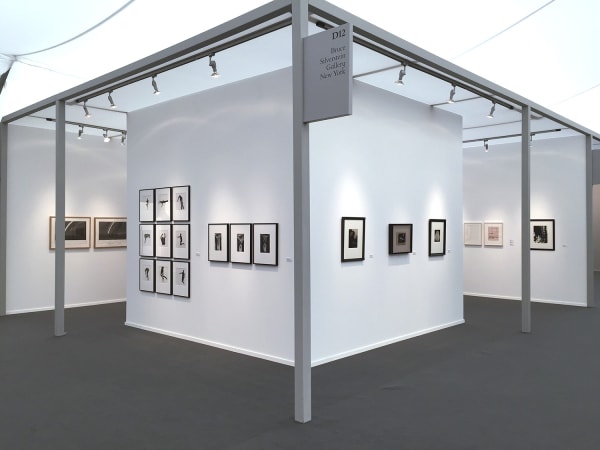
FRIEZE MASTERS 2016
6 - 9 Oct 2016Read more -
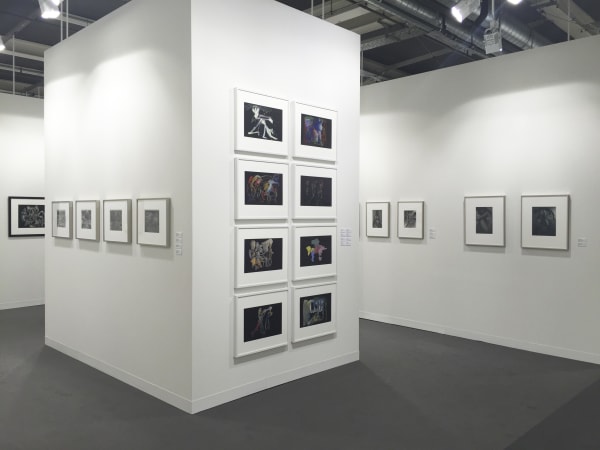
ART BASEL 2016
16 - 19 Jun 2016Read more -
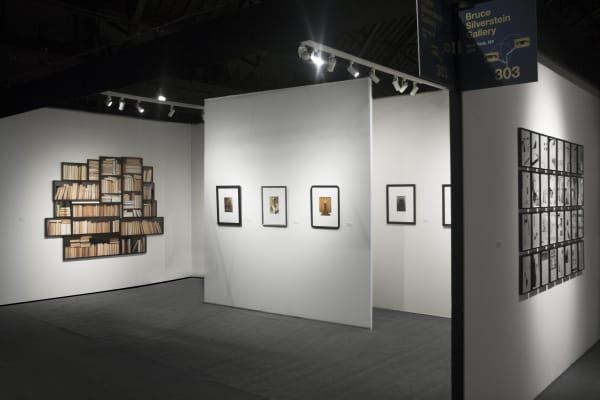
AIPAD 2016
14 - 17 Apr 2016At the 2016 AIPAD Photography Show, Bruce Silverstein Gallery is proud to present Triumph of the Egg, featuring works of the same title by two...Read more -
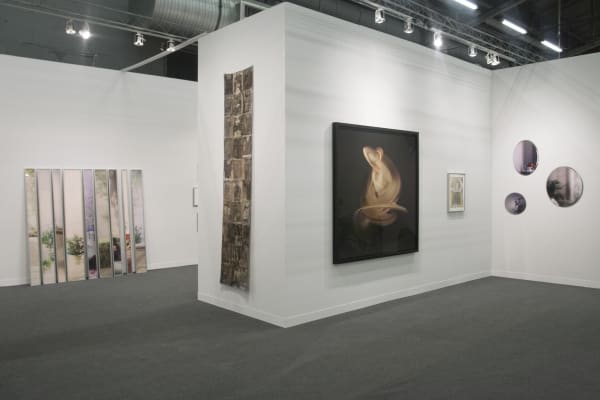
THE ARMORY SHOW 2016
3 - 6 Mar 2016Read more -

PARIS PHOTO 2015
12 - 15 Nov 2015Read more -

AIPAD 2015
16 - 19 Apr 2015Read more -

THE ARMORY SHOW 2015
5 - 8 Mar 2015For the Armory Show 2015 Bruce Silverstein Gallery proposes an exhibition with a theme and focus encapsulated by the title, 'Low Culture'. Spanning multiple decades,...Read more -
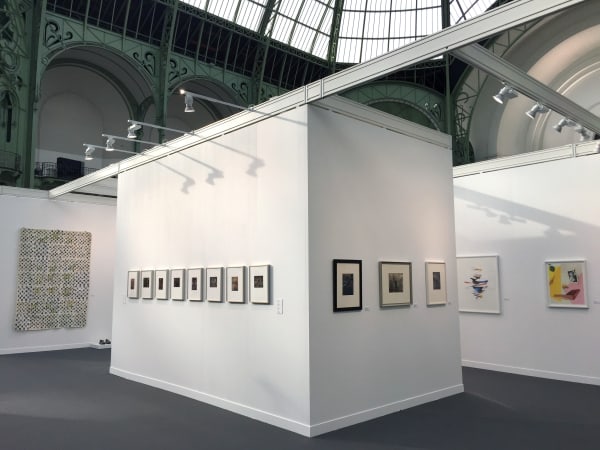
PARIS PHOTO 2014
13 - 16 Nov 2014Read more -

Frieze Masters 2014
15 - 19 Oct 2014For Frieze Masters 2014 Bruce Silverstein Gallery proposes a solo exhibition of the work of Keith Smith, an American artist active in the 1960s-80s. This...Read more -
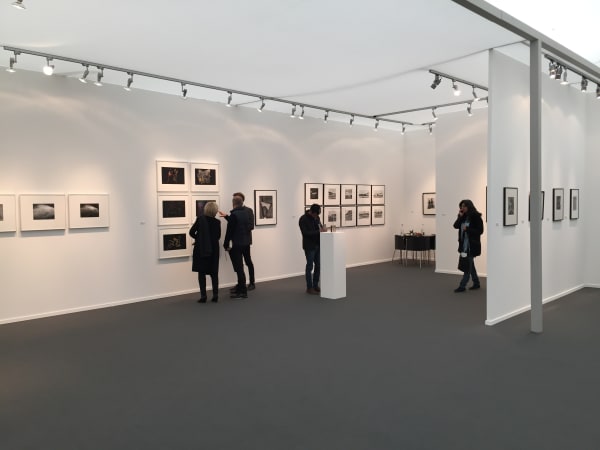
FRIEZE MASTERS 2015
14 Oct 2014 - 18 Oct 2015The gallery is pleased to present a selection of modern photographic masterpieces at Frieze Masters in London from October 14 to 18, 2015. Artists include...Read more -

ART BASEL 2014
17 - 22 Jun 2014For Art Basel 45 Bruce Silverstein Gallery would be pleased to present an exhibition featuring rare, vintage prints by André Kertész created during his years...Read more -

AIPAD 2014
10 - 13 Apr 2014Read more -
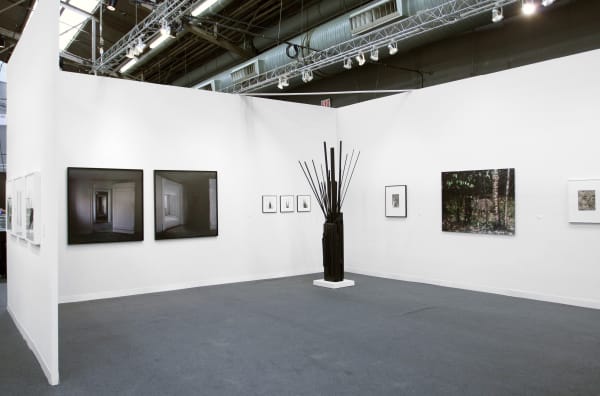
THE ARMORY SHOW 2014
6 - 9 Mar 2014For The Armory Show 2014 Bruce Silverstein Gallery proposes an exhibition featuring the work of the artist Shinichi Maruyama. Over the past decade, Maruyama’s work...Read more -

PARIS PHOTO 2013
14 - 17 Nov 2013Read more -

FRIEZE MASTERS LONDON 2013
17 - 20 Oct 2013For Frieze Masters 2013 Bruce Silverstein Gallery proposes an exhibition of works by Aaron Siskind. Photographer and educator Aaron Siskind holds a preeminent place in...Read more -

ART BASEL 2013
13 - 16 Jun 2013For Art Basel 44 Bruce Silverstein Gallery would be pleased to present an exhibition of masterworks from the photographic medium. We will be featuring historically...Read more -

AIPAD 2013
4 - 7 Apr 2013Read more -
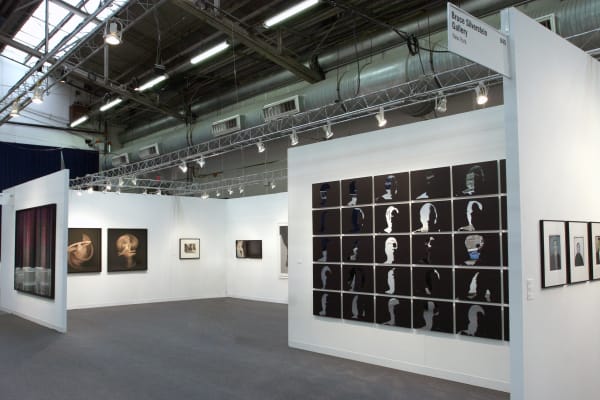
THE ARMORY SHOW 2013
7 - 10 Mar 2013Read more -

ART BASEL MIAMI 2012
6 - 9 Dec 2012For Art Basel Miami Beach, Bruce Silverstein Gallery proposes an exhibition of Constantin Brancusi’s photographs—rare vintage prints by the artist from the 1920s and 30s....Read more -

PARIS PHOTO 2012
15 - 18 Nov 2012Read more -

FRIEZE MASTERS 2012
11 - 14 Oct 2012For Frieze Masters 2012, Bruce Silverstein Gallery proposes an exhibition of photographic works by the renowned artists Constantin Brancusi, André Kertész and Aaron Siskind that...Read more -

AIPAD 2012
29 Mar - 1 Apr 2012Read more -

THE ARMORY SHOW 2012
8 - 11 Mar 2012Read more -

ART BASEL MIAMI 2011
1 - 4 Dec 2011For Art Basel Miami Beach, Bruce Silverstein Gallery proposes an exhibition exploring the notion of form as subject. We will display works by André Kertész,...Read more -

PARIS PHOTO 2011
10 - 13 Nov 2011For Paris Photo 2011, Bruce Silverstein Gallery proposes an exhibition exploring the notion of form as subject. We will display works by André Kertész, Edward...Read more -

ART BASEL 2011
15 - 19 Jun 2011For Art Basel 42, Bruce Silverstein Gallery would be pleased to present an exhibition of photographic works by the world famous sculptor Constantin Brancusi. The...Read more



